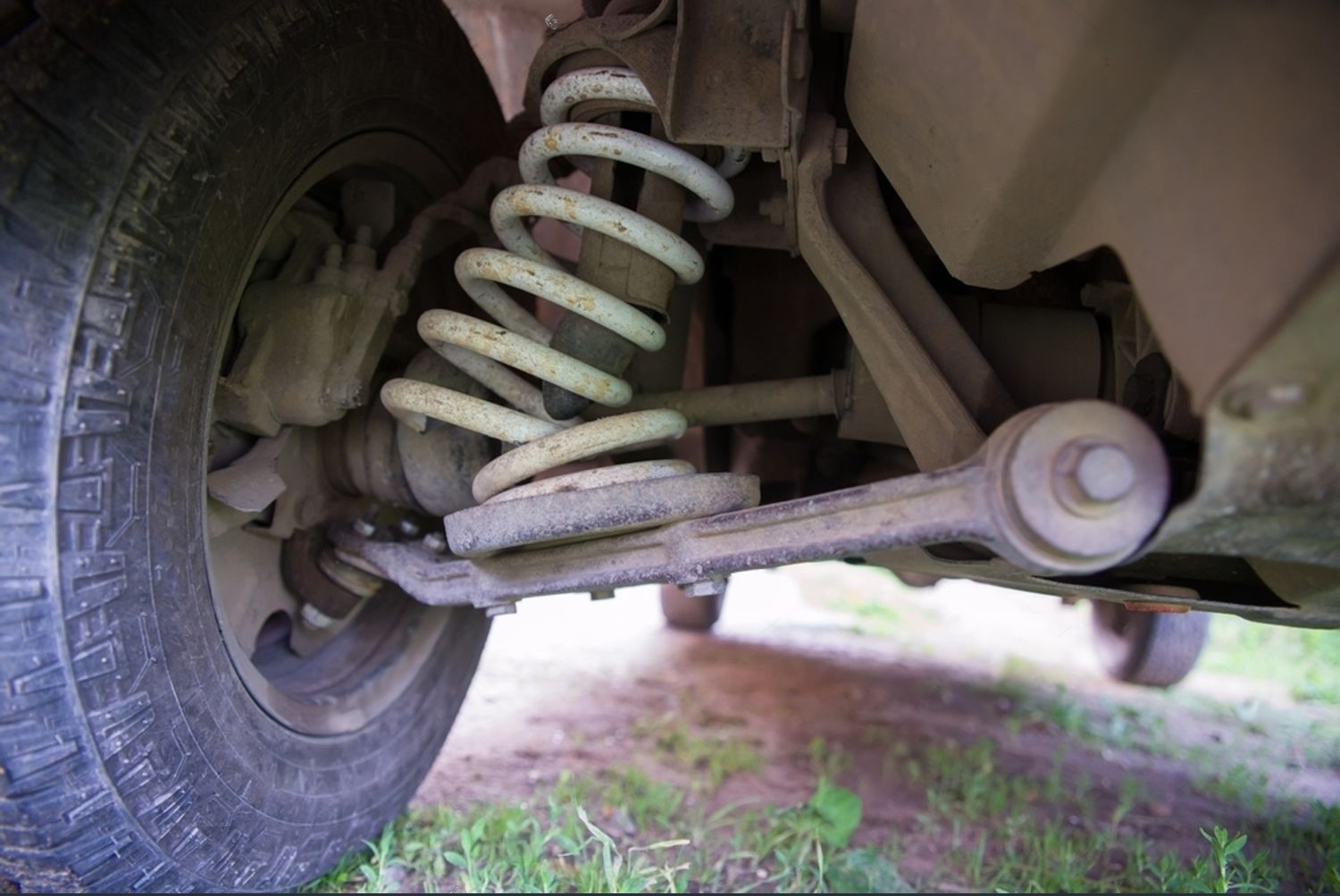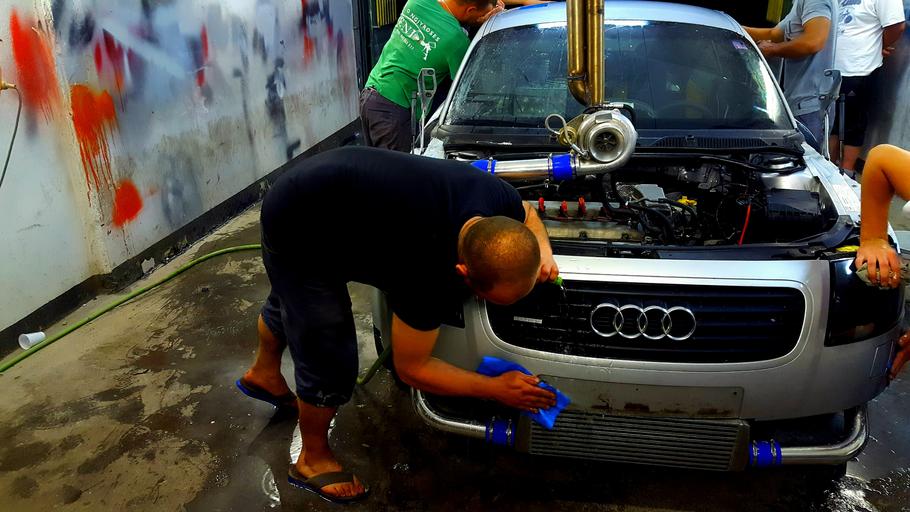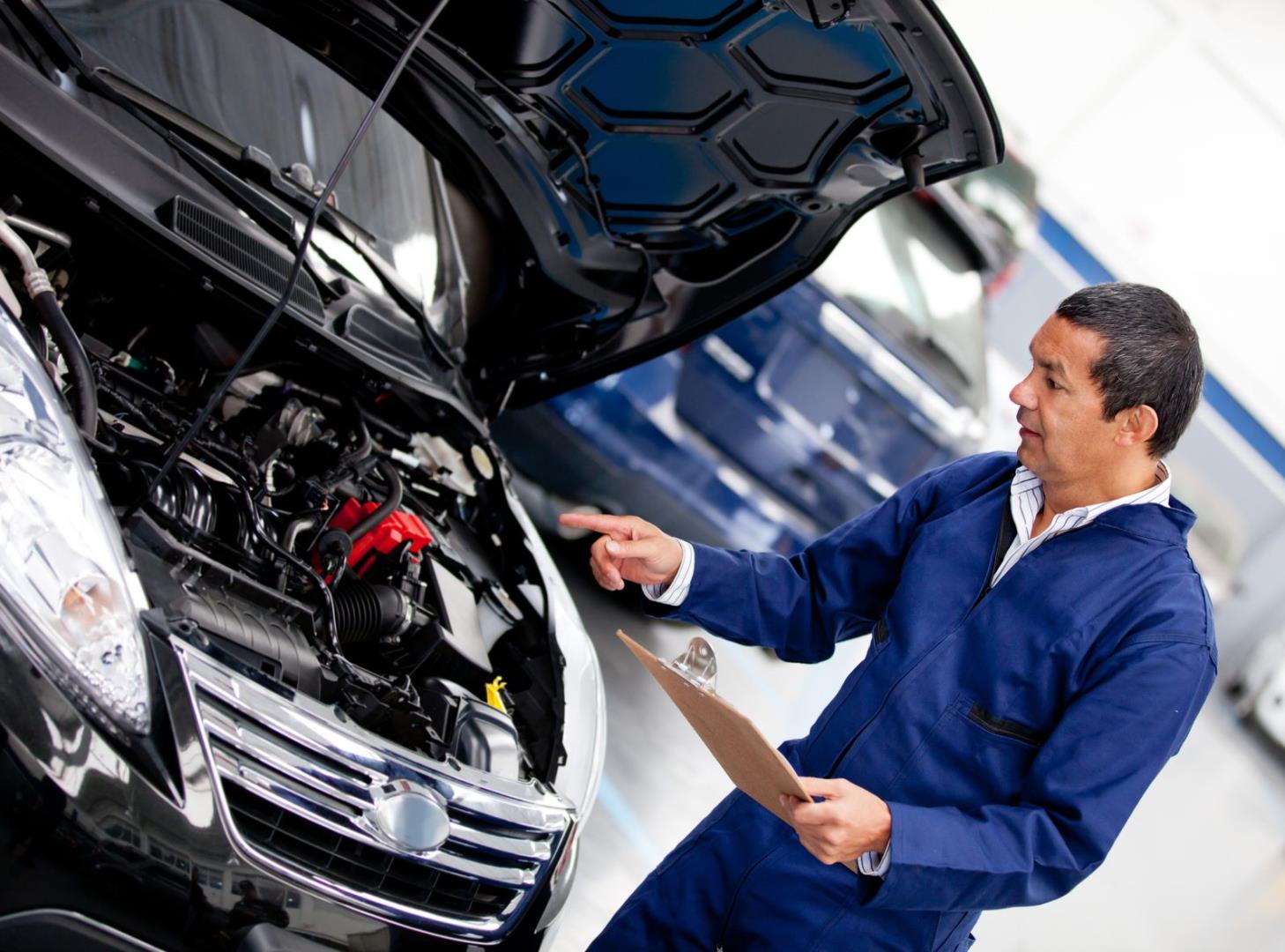
Shock absorbers are crucial to your vehicle’s suspension system. They help keep tires in steady contact with the road and minimize vibrations from uneven surfaces. When shock absorbers fail, comfort drops, and other car parts can suffer damage. Maintaining them not only improves driving quality but also helps avoid costly repairs. Careful driving, routine checks, and understanding early warning signs are key to extending their lifespan and preserving your vehicle’s health.
Driving Habits That Protect Your Suspension
How you drive affects how long your shock absorbers last. Aggressive habits—like hard braking, sharp turns, or speeding over rough roads—can cause struts and shocks to wear out quickly. Taking it slow over potholes or speed bumps eases stress on the suspension. Overloading your car also shortens the life of shock absorbers.
Always follow the manufacturer’s weight guidelines, especially when towing or carrying heavy cargo. Even small things like bumping over curbs or parking on uneven ground add strain. These habits may seem minor but can slowly reduce shock performance. By driving smoothly and avoiding rough conditions when possible, you help keep your suspension system working efficiently. This leads to fewer repairs, a more stable ride, and longer-lasting vehicle components.
Maintaining Shock Absorbers Through Regular Checks
Routine inspections are vital for keeping shock absorbers in good condition. The most common issue is fluid leakage. If you notice oil near a shock, it’s a sign that part may be worn. Unusual noises, like knocking on bumpy roads, could point to worn mounts or bushings. Even if the ride seems fine, early damage might not be obvious. If the car bounces more than usual after a bump, the shocks may need replacing. Here are key things to check during routine inspections:
- Fluid leaks: Oil around the shock absorber often indicates internal leakage and part wear.
- Strange noises: Knocking or clunking sounds may mean the mounts or bushings are worn out.
- Excessive bouncing: If the vehicle bounces more than once after a bump, it’s a sign the shocks are not absorbing impact correctly.
- Tire condition and alignment: Uneven wear or poor alignment can strain the shock absorbers and shorten their lifespan.
- Balanced replacement: Always replace shocks in pairs on the same axle to ensure stability and handling.
Cheap parts can wear quickly and affect safety, so investing in quality components matters. Sticking to your car’s service schedule helps detect problems before they worsen. With the right care, shock absorbers can last longer and help maintain a safe, comfortable ride.


